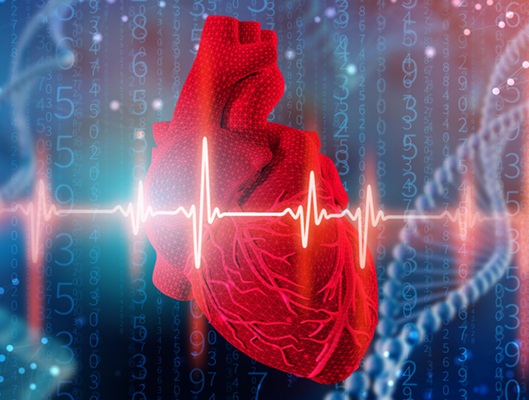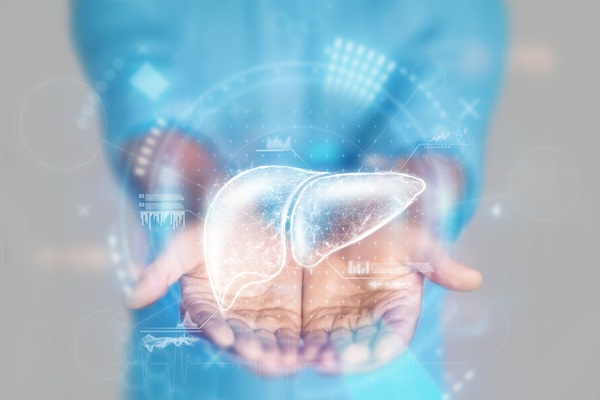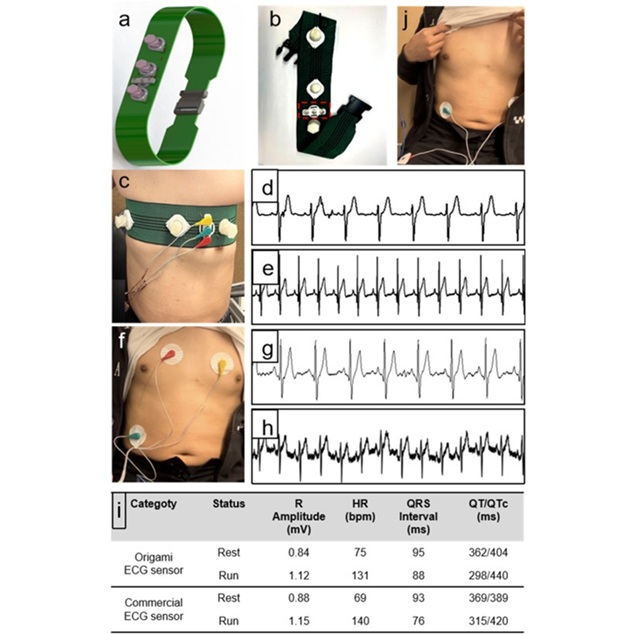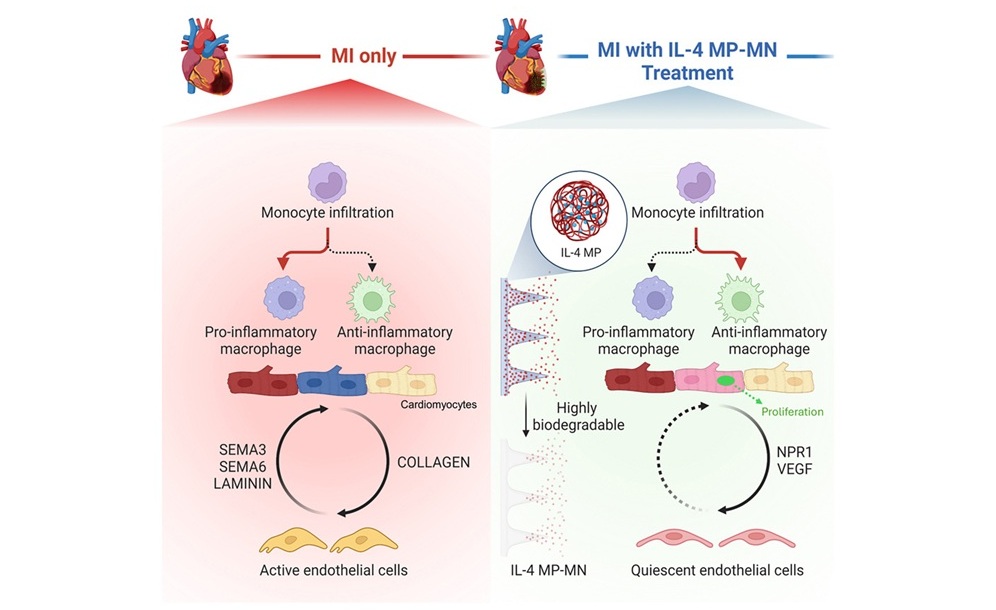SARS-CoV-2 Found in 100% of Infected Patients' Stools Suggests COVID-19 Could Be a Gut Infection
|
By HospiMedica International staff writers Posted on 11 Sep 2020 |

Illustration
A new study of symptomatic patients who tested positive for COVID-19 has found SARS-CoV-2 in 100% of fecal samples, suggesting that COVID-19 could be a gut infection and a potential new transmission route.
The study by Progenabiome (Ventura, CA, USA) in collaboration with the Centre for Digestive Diseases (CDD Sydney, Australia) also showed COVID-19 mutations, providing insights into the SARS-CoV-2 virus, its evolution and strains, based on data from the stools of patients.
The fecal samples showed SARS-Cov-2 infective virus in all nasopharyngeal positive patients using a more sensitive method, suggesting potential for fecal-oral transmission. Different mutations were found among those in which SARS-CoV-2 was detected by whole genome sequencing.
"Since the outbreak of COVID-19, I felt it was important to look at patient's stools because of the prevalence of ACE2 receptors in the GI tract. PCR testing by definition looks at and copies a small portion of genetic information; because of this, it only shows a segment of the virus which may or may not be significant. More importantly, it doesn't help guide the therapy," said Sabine Hazan, MD, CEO of Progenabiome. "Alternatively, whole genome sequencing provides a much more comprehensive view, allows us to better understand the virus and its various mutations, and it serves as a better diagnostic tool to assess evolution of this virus that may more accurately distinguish if the virus disappears after treatment."
Related Links:
Progenabiome
Centre for Digestive Diseases (CDD)
The study by Progenabiome (Ventura, CA, USA) in collaboration with the Centre for Digestive Diseases (CDD Sydney, Australia) also showed COVID-19 mutations, providing insights into the SARS-CoV-2 virus, its evolution and strains, based on data from the stools of patients.
The fecal samples showed SARS-Cov-2 infective virus in all nasopharyngeal positive patients using a more sensitive method, suggesting potential for fecal-oral transmission. Different mutations were found among those in which SARS-CoV-2 was detected by whole genome sequencing.
"Since the outbreak of COVID-19, I felt it was important to look at patient's stools because of the prevalence of ACE2 receptors in the GI tract. PCR testing by definition looks at and copies a small portion of genetic information; because of this, it only shows a segment of the virus which may or may not be significant. More importantly, it doesn't help guide the therapy," said Sabine Hazan, MD, CEO of Progenabiome. "Alternatively, whole genome sequencing provides a much more comprehensive view, allows us to better understand the virus and its various mutations, and it serves as a better diagnostic tool to assess evolution of this virus that may more accurately distinguish if the virus disappears after treatment."
Related Links:
Progenabiome
Centre for Digestive Diseases (CDD)
Latest COVID-19 News
- Low-Cost System Detects SARS-CoV-2 Virus in Hospital Air Using High-Tech Bubbles
- World's First Inhalable COVID-19 Vaccine Approved in China
- COVID-19 Vaccine Patch Fights SARS-CoV-2 Variants Better than Needles
- Blood Viscosity Testing Can Predict Risk of Death in Hospitalized COVID-19 Patients
- ‘Covid Computer’ Uses AI to Detect COVID-19 from Chest CT Scans
- MRI Lung-Imaging Technique Shows Cause of Long-COVID Symptoms
- Chest CT Scans of COVID-19 Patients Could Help Distinguish Between SARS-CoV-2 Variants
- Specialized MRI Detects Lung Abnormalities in Non-Hospitalized Long COVID Patients
- AI Algorithm Identifies Hospitalized Patients at Highest Risk of Dying From COVID-19
- Sweat Sensor Detects Key Biomarkers That Provide Early Warning of COVID-19 and Flu
- Study Assesses Impact of COVID-19 on Ventilation/Perfusion Scintigraphy
- CT Imaging Study Finds Vaccination Reduces Risk of COVID-19 Associated Pulmonary Embolism
- Third Day in Hospital a ‘Tipping Point’ in Severity of COVID-19 Pneumonia
- Longer Interval Between COVID-19 Vaccines Generates Up to Nine Times as Many Antibodies
- AI Model for Monitoring COVID-19 Predicts Mortality Within First 30 Days of Admission
- AI Predicts COVID Prognosis at Near-Expert Level Based Off CT Scans
Channels
Critical Care
view channel
Nanogel Technology Almost 100% Effective in Destroying Drug-Resistant Bacteria Within Hours
Antibiotic resistance is one of the most serious global health threats, driven by bacteria that evade treatment and form protective biofilms that shield them from drugs. Pathogens such as Pseudomonas aeruginosa,... Read more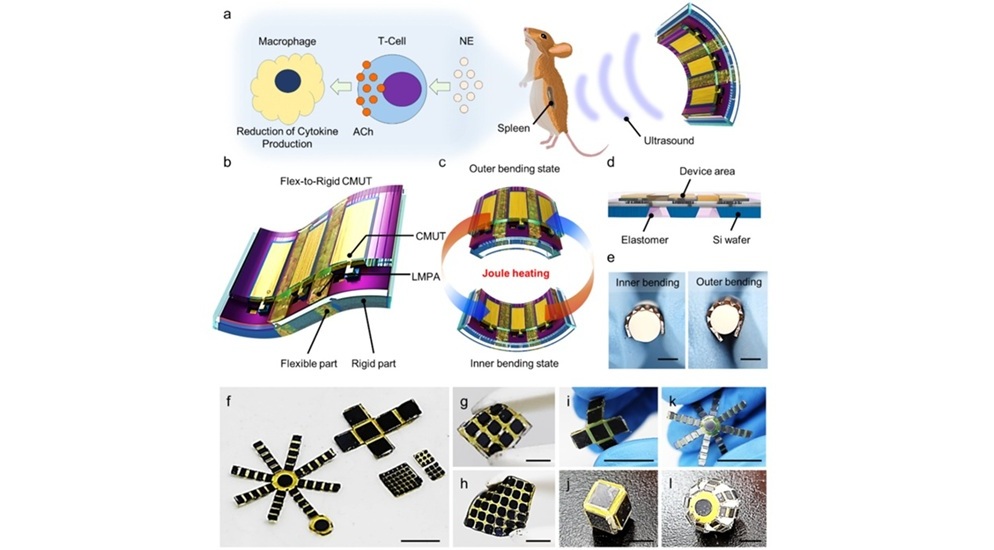
Wearable Ultrasound Sensor Delivers Noninvasive Treatment Without Surgery
Wearable ultrasound devices have long struggled with low acoustic power and poor structural stability, limiting their use in high-resolution imaging and therapeutic applications. Conventional flexible... Read moreSurgical Techniques
view channelNovel Endoscopy Technique Provides Access to Deep Lung Tumors
Detecting lung cancer early can save lives, but diagnosing small tumors deep in the outer regions of the lungs remains a major clinical challenge. Although CT scans frequently identify tiny suspicious... Read more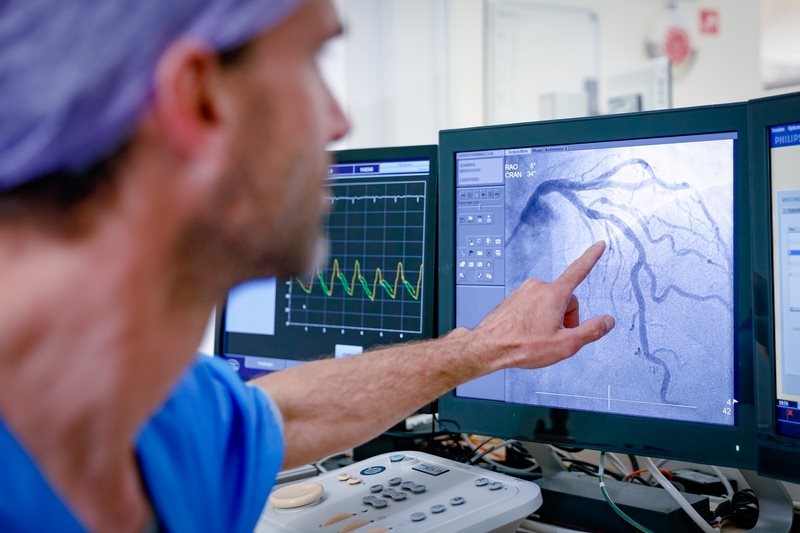
New Study Findings Could Halve Number of Stent Procedures
When a coronary artery becomes acutely blocked during a heart attack, opening it immediately is essential to prevent irreversible damage. However, many patients also have other narrowed vessels that appear... Read morePatient Care
view channel
Revolutionary Automatic IV-Line Flushing Device to Enhance Infusion Care
More than 80% of in-hospital patients receive intravenous (IV) therapy. Every dose of IV medicine delivered in a small volume (<250 mL) infusion bag should be followed by subsequent flushing to ensure... Read more
VR Training Tool Combats Contamination of Portable Medical Equipment
Healthcare-associated infections (HAIs) impact one in every 31 patients, cause nearly 100,000 deaths each year, and cost USD 28.4 billion in direct medical expenses. Notably, up to 75% of these infections... Read more
Portable Biosensor Platform to Reduce Hospital-Acquired Infections
Approximately 4 million patients in the European Union acquire healthcare-associated infections (HAIs) or nosocomial infections each year, with around 37,000 deaths directly resulting from these infections,... Read moreFirst-Of-Its-Kind Portable Germicidal Light Technology Disinfects High-Touch Clinical Surfaces in Seconds
Reducing healthcare-acquired infections (HAIs) remains a pressing issue within global healthcare systems. In the United States alone, 1.7 million patients contract HAIs annually, leading to approximately... Read moreHealth IT
view channel
EMR-Based Tool Predicts Graft Failure After Kidney Transplant
Kidney transplantation offers patients with end-stage kidney disease longer survival and better quality of life than dialysis, yet graft failure remains a major challenge. Although a successful transplant... Read more
Printable Molecule-Selective Nanoparticles Enable Mass Production of Wearable Biosensors
The future of medicine is likely to focus on the personalization of healthcare—understanding exactly what an individual requires and delivering the appropriate combination of nutrients, metabolites, and... Read moreBusiness
view channel
Philips and Masimo Partner to Advance Patient Monitoring Measurement Technologies
Royal Philips (Amsterdam, Netherlands) and Masimo (Irvine, California, USA) have renewed their multi-year strategic collaboration, combining Philips’ expertise in patient monitoring with Masimo’s noninvasive... Read more
B. Braun Acquires Digital Microsurgery Company True Digital Surgery
The high-end microsurgery market in neurosurgery, spine, and ENT is undergoing a significant transformation. Traditional analog microscopes are giving way to digital exoscopes, which provide improved visualization,... Read more
CMEF 2025 to Promote Holistic and High-Quality Development of Medical and Health Industry
The 92nd China International Medical Equipment Fair (CMEF 2025) Autumn Exhibition is scheduled to be held from September 26 to 29 at the China Import and Export Fair Complex (Canton Fair Complex) in Guangzhou.... Read more